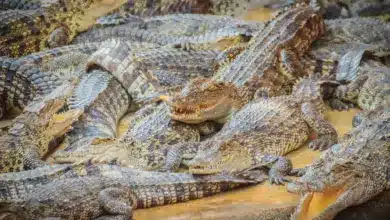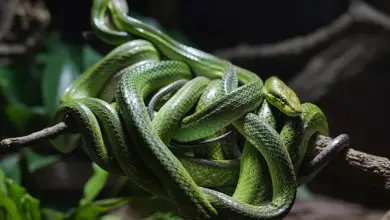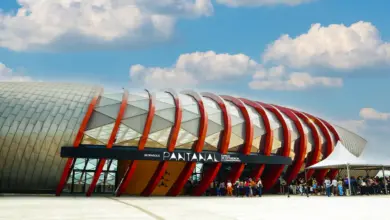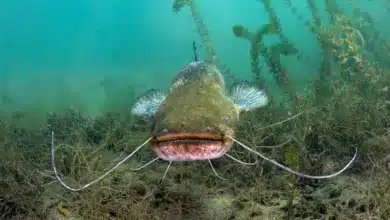Ten Ways To Help Wildlife
How To Help Animals, Birds, Insects, Reptiles, And Amphibians: Our Top 10 Ideas For Taking Action To Aid Wildlife In Your Own Backyard
Sure, it can get a little discouraging, hearing about all the ways in which humans are harming wildlife. And, sometimes we can feel like part of the problem, rather than the solution. However, each of us can play a role in helping wildlife. Below are our Top 10 ideas—almost everyone can do one or more of them—to help make the world a friendlier place for wild creatures.
[ez-toc]
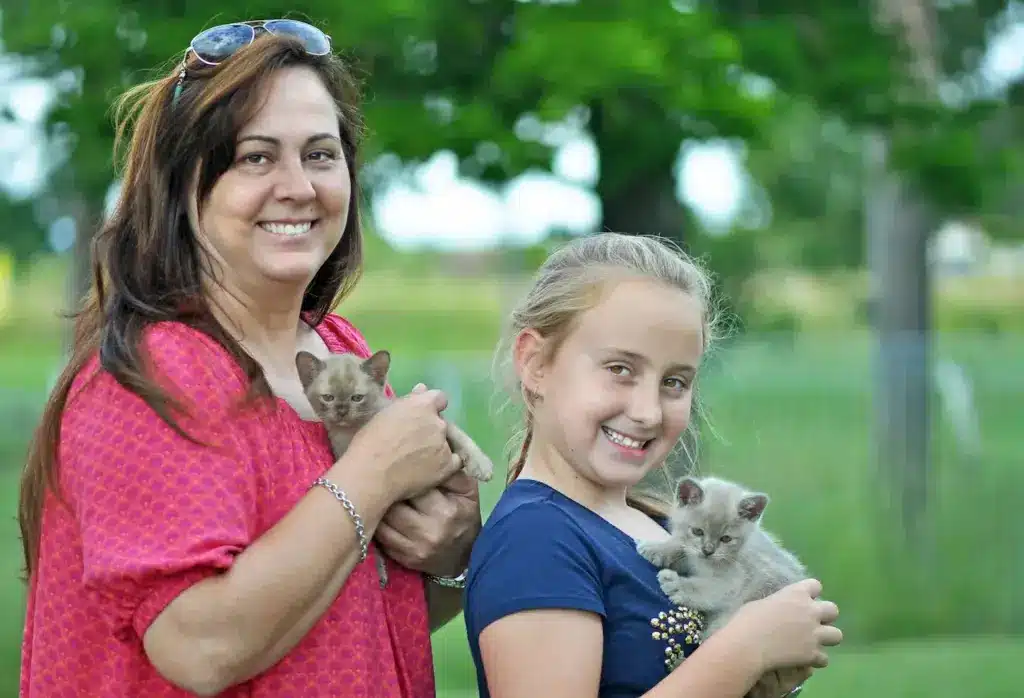
1. Make Your Cat An Indoor Cat
Cats make great pets, and it’s fine to have one. However, cats are predators—they just can’t help themselves. And that’s a good thing when they apply that predatory instinct indoors, in a house, building or barn, to kill destructive, disease-spreading rats and mice. However, cats that are free to roam outdoors can and do prey on vulnerable native birds. Some estimates put the number of birds lost to cats each year at 500 million in North America alone.
Nor doe putting a bell on a cat serve as fair warning to birds. Most birds are frightened by loud noises, as well as by such “hunting” sounds as a branch cracking. However, the ringing of a bell does not not alarm them until they see the cat that bell is attached to—and by then, it’s usually too late.
So, train your cat to be an indoor pet. Not only will you save the lives of many birds, but your cat will be healthier—less likely to pick up parasites and diseases, be injured in a fight, or be struck by a car—and also live a longer life.
Want to read more about cats as predators of native birds?
2. Preserve Wildlife Habitat
If you are fortunate enough to be a land steward—a person who has the say-so over what happens on an undeveloped piece of property, no matter how small or seemingly insignificant—take wildlife into consideration whenever you make a decision. A single tree can provide permanent or seasonal habitat for all kinds of wildlife, including birds, insects, amphibians, reptiles such as snakes, and small mammals.
And a dead tree can often be even more beneficial than a live one. Not only do all sorts of creatures, from nuthatches to flying squirrels, like to nest in the cavities of dead trees, but mammals and birds alike often feast on the wood-eating insects that infest their trunks and branches. If possible, it is good to leave standing deadwood—dead trees that are still upright—right where it is.
Likewise, vernal pools—”wet spots” in woods or open areas that usually dry up in the middle of summer—often are not the useless puddles they may seem at first glance. Vernal pools often provide important breeding habitat for such amphibians as frogs, salamanders and newts—as well as dining facilities for animals and birds that like to eat amphibians!
3. Provide Water
Wild creatures are usually quite capable of finding all the food they need on their own—especially in areas where people have taken care to leave some of their natural habitat intact. Water, however, is sometimes a problem for them, especially in summer, when it dries up, and in winter, when it’s frozen. This is especially true in areas where human development has made natural sources of water difficult for wildlife to get to.
People can help by maintaining and regularly replenishing a source of clean drinking water for wildlife—a birdbath or even a small pool that other types of creatures aside from birds can reach. If you live in the North, your water supply will require some type of small heating device in winter to keep it from freezing.
Remember to place all wildlife water sources at a distance from brush or bushes from which a predator such as a cat can launch an ambush.
4. Be Sparing In Your Use Of Pesticides And Other Chemicals—And Put That Bug Zapper Away!
Many chemicals used outdoors to kill insect pests can also harm birds and beneficial insects such as bees and butterflies. In addition, many types of chemical fertilizers, including “treatments” to help lawns grow greener, can and do find their way into water sources, where they cause algae blooms and cause other sorts of environmental harm.
Use as few chemicals in the outdoors as you possibly can. Instead, research natural ways of discouraging pests and encouraging your lawn and garden to grow.
In addition, avoid using “bug lights” or “bug zappers” to kill mosquitoes and other biting insects outdoors. While these devices use light to attract insects, mosquitoes, blackflies and other blood-seeking pests are not attracted to light; they are instead attracted to heat and carbon dioxide. The result is that bug zappers end up killing thousands of harmless insects—ones that otherwise could have served as food for birds, bats and fish—while doing nothing at all to curb mosquitoes and biting flies.
5. Plant A Wildlife Garden
No matter how small a yard you have, you can still cultivate a few plants that can provide nourishment to insects, such as butterflies and bees, as well as to other wildlife, such as hummingbirds. In fact, even a window box containing the right kinds of flowers can be a help to some species.
And for this project, give yourself extra credit if you manage to research, locate and use native plant species—plants that evolved in your area, and that native wildlife has been relying on for thousands of years.
You’ll find good information on creating a butterfly garden here.
Information on plantings to help help bees and other bee-gardening tips can be found here.
If you want your garden to be of benefit to native birds, including hummingbirds, have a look here.
And keep in mind that, if you have enough space, there’s no reason not to do mixed plantings that help out butterflies, birds and bees.
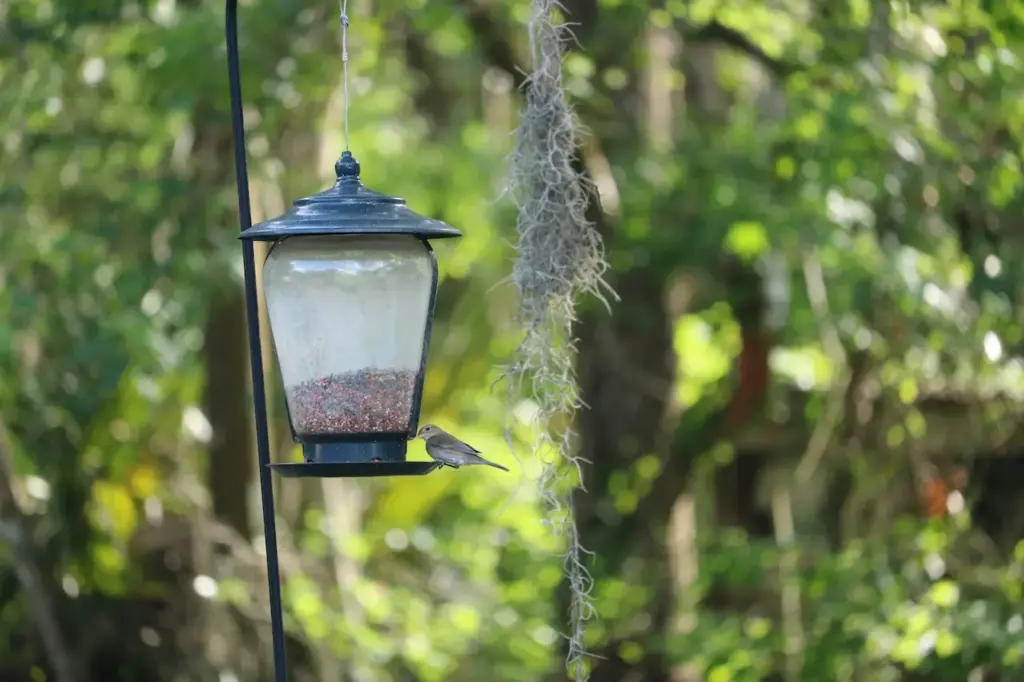
6. Feed Birds The Right Way—And Don’t Feel Mammals At All
It’s perfectly OK to feed wild birds. However, not all commercial bird feeds are created equal, and not all of them contain the right kinds of nutrition for many wild birds. It’s good to do a little research into the nutritional needs of the wild birds in your area, and to select a food mixture that will be of most benefit to the species you’re hoping to attract.
In addition, be aware that a backyard feeder tends to attract more birds than would naturally concentrate in an area. If you then stop feeding for any reason, the birds may suffer because there isn’t enough natural food in the area to satisfy all of them. So, if you start feeding, you need to keep feeding, at least until spring arrives and natural food is more plentiful. if you go away on vacation, make sure a friend or neighbor stops by to fill the feeders.
Mammals such as deer and raccoons, on the other hand, should never be fed. Feeding teaches these animals to be dependent on humans as well as to lose their fear of them. Dependence and lack of fear make animals more likely to come into conflict with people—and conflict with people almost always brings sad results for a wild animal.
7. Become A Wildlife Rehabilitator
Most states license specially trained volunteers to serve as wildlife “rehabilitators”—people who care for injured, sick or orphaned wildlife.
Wildlife rehabilitation requires special knowledge, and you should never undertake to care for a wild bird or animal yourself unless you have that training. Instead, if you find a creature that needs help, you should first take steps to make sure that bird or animal is temporarily safe and secure, and then contact someone who is a wildlife rehabilitator. Your state fish and game department probably has a list of people who can help; your state Audubon chapter can also probably be of assistance.
If you are interested in becoming a wildlife rehabilitator yourself, you will probably need to apprentice yourself to someone who is already doing the job. Here is a good link for information on getting started. Also, contact your state fish and game agency for licensing requirements and other information.
8. Provide Nesting Sites And Shelter
Development by humans has not only destroyed areas where wildlife searches for food, it has also deprived birds, animals and insects of places to live and raise their young. One way we can all compensate for this loss is to replace some of these lost nesting and resting sites.
Probably the most familiar artificial nesting site is the birdhouse. And birdhouses certainly do help, especially if they are built specifically to suit the requirements of one or more of our beleaguered native bird species.
If you plan on putting up a few birdhouses, why not do a little research ahead of time to find out which birds in your area are most in need of artificial shelter—and then build or buy the types of houses that are most likely to attract them? Not surprisingly, different birds have different needs in a house, including preferences in the size of the house, its location, and the diameter of the opening. There are also precautions you can take to make sure predators can’t get into the house to kill the birds or their young.
If you live in bluebird country, a good thing to do is to set up your own “bluebird trail,” either on your property, on public property, or on someone else’s property—provided, of course, that you have permission to do so. Here’s a link on bluebird trails; you’ll find more on your own with a Google search.
Another type of creature that has suffered greatly from habitat loss is the bumblebee and other “solitary” bees—the bees that were pollinating America’s flowering plants for thousands of years before Europeans introduced the honeybee to our continent. You can help native bees by either building or buying a bumblebee “house” and establishing it in a suitable location. Here are some plans for a simple bumblebee house; an internet search will turn up more, as well as more information about these important and fascinating creatures.
And, speaking of important and fascinating creatures . . . bats, which help humans by eating millions of flying insects, also need places to live. Here’s a great site on building bat houses.
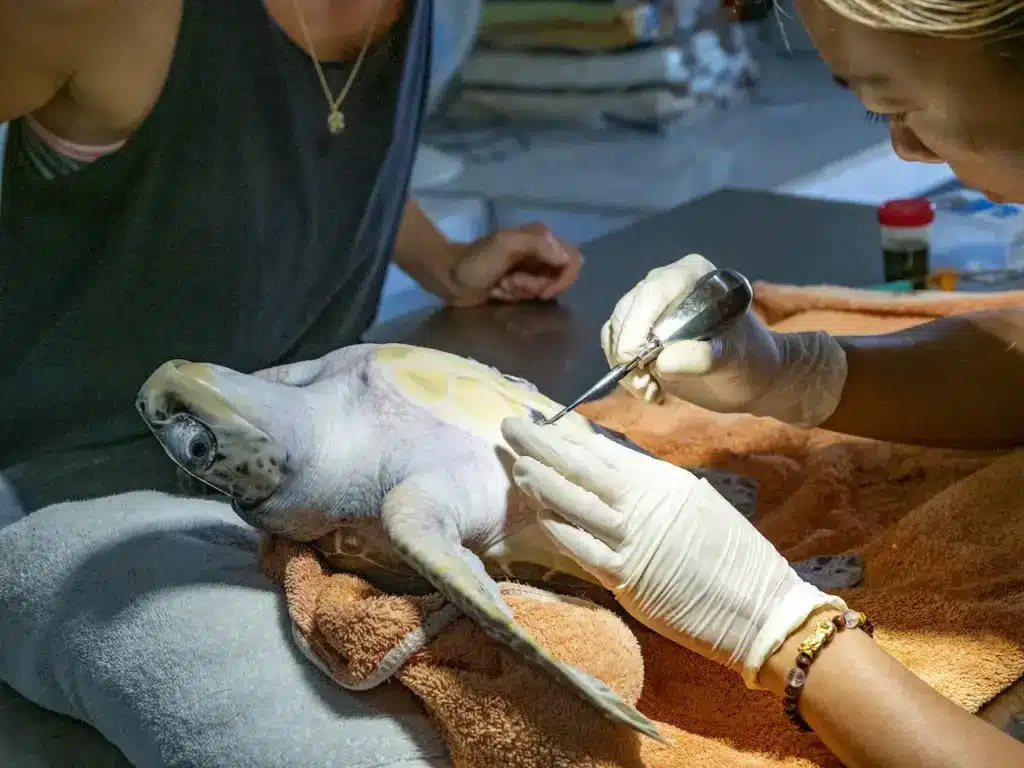
9. Detect And Disarm Wildlife “Traps”
Litter and improperly disposed-of refuse can trap or injure wildlife. Carelessly discarded fishing line or other plastic twine can ensnare birds and other animals, making them easy prey for predators or bringing on a lingering death. Plastic bags can also trap and suffocate some kinds of creatures, as can open containers of paints, motor oil, and other liquid chemicals. In addition, plastic bags and other refuse have been eaten by such wildlife as sea turtles, which can mistake these items for food.
Anyone who is reading this is probably aware that we shouldn’t litter. But, when you pick up someone else’s litter, you may be disarming a dangerous trap that otherwise might have cost the life of a wild creature. You might be saving a life.
Also, be aware that open windows in attics and outbuildings can sometimes attract birds—which then might not be able to find their way out again. Try to close up uninhabited spaces in buildings that otherwise might prove fatally inviting to wildlife.
10. Donate, Volunteer & Vote!
We can be even stronger wildlife helpers when we join forces with other people. Join land trusts and other groups in your area that are devoted to the conservation of wildlife. Some organizations maintain wildlife preserves or trail systems—and they are almost always looking for volunteers.
If you can afford to be generous to wildlife groups, do it! Local groups are always in need of financial help, as are the large international organizations that work hard to protect wildlife in Africa, tropical Asia, the Amazon rainforest, and elsewhere. You’ll find a list of some of our favorite organizations here, listed under Top Wildlife/Environmental Non-Profit Organizations. But there are many others as well.
Lastly, become politically active. Inform your local government as well as your state and federal representatives about any wildlife issues that are of concern to you. Write letters, send e-mails, make telephone calls.
And, if you’re old enough to vote, try to vote for candidates who have at least some concern for our wildlife and the health of our natural world.
